Best YA & YYA Lit 1971
By:
November 30, 2019
The following 10 adventures — selected from my Best Sixties (1964–1973) Adventure list — were first serialized or published in book form. They’re my favorite YA and YYA adventures published in 1971. Enjoy!
- Sid Fleischman’s historical adventure Jingo Django. Seven years ago, Jingo Hawkes was deposited at a Boston orphanage by his one-legged rapscallion father — whom he can barely remember. Now 12 years old, he is hired out by the orphanage’s villainous overseer to the sly General Scurlock, who puts Jingo in the way of discovering a treasure map inscribed on a whale’s tooth. Meanwhile, a Mr. Peacock shows up, claiming to be Jingo’s father — but he has two legs! The mystery man hires Jingo — whose real name seems to be Django; Romany customs and lifestyle are explored, here — as an apprentice, and carries him off on a fast-paced, far-roving treasure hunt. As with most Fleischman novels, the plot includes bandits, swindles, fast thinking, and a charismatic but unreliable father figure. Over the course of the story, Jingo/Django comes to admire the mystery man posing as his father; they develop an us-against-the-world camaraderie, one which requires them to forgive each other’s various failings. Similar tropes recur in each of Fleischman’s best novels — Mr. Mysterious & Company (1962), By the Great Horn Spoon! (1963), The Ghost in the Noonday Sun (1965), Chancy and the Grand Rascal (1966) — of which this one, although he’d find success with many other titles over the course of a long career, is the last. Fun facts: Django is a Romany term meaning “I awake”. It is best known as the nickname of Belgian jazz guitarist Jean Baptiste “Django” Reinhardt.
- Ursula K. Le Guin’s Earthsea fantasy adventure The Tombs of Atuan. The second book of the author’s Earthsea Cycle is told from the perspective of a girl who, we learn, was dedicated — at age 6 — as the high priestess in the service of the Nameless Ones on the island of Atuan. By the time that Ged (Sparrowhawk), protagonist of the first Earthsea book, arrives on Atuan, 15-year-old Arha has come to feel at home in the stygian labyrinth — the tombs — beneath the temple. Her role is a gruesome one. When the God-Emperor sends prisoners to the tombs, it is she who orders them to be killed slowly by starvation. Into this claustrophobic setting comes Ged, in search of the long-lost half of a magical talisman; he already possesses the other half, and he wishes to use the talisman to bring lasting peace to Earthsea. When Arha discovers him wandering in the labyrinth, she traps him there to die; however, she is fascinated by the wizard, and at last decides to help him — at the risk of losing her own life. Fun fact: The three linked YA novels known as The Earthsea Trilogy are A Wizard of Earthsea, The Tombs of Atuan, and The Farthest Shore. The other books in the Earthsea cycle are Tehanu, Tales from Earthsea, and The Other Wind.
- Robert C. O’Brien’s children’s science-fiction adventure Mrs. Frisby and the Rats of NIMH. Inspired by real experiments, conducted from the ’40s through the ’60s at the National Institute of Mental Health, Mrs. Frisby and the Rats of NIMH imagines what might have happened if a group of super-intelligent rats (and one mouse) had escaped the laboratory and founded a high-tech commune underneath a farmer’s rosebush. That alone would have made a good story… but by making the rats of NIMH’s tale secondary to the desperate struggle of a courageous mouse, Mrs. Frisby, to save her family from the farmer’s plow, O’Brien wrote one of the best kids’ books ever. In addition to the rats’ fascinating society, we encounter a charismatic crow, a sinister cat, and an even more sinister group of scientists posing as rat exterminators. There’s also a philosophical discussion about the commune’s lack of self-sufficiency! Fun facts: Winner of the 1972 Newbery Medal. O’Brien’s other fantasy and sci-fi books — The Silver Crown (1968), A Report from Group 17 (1972), and Z for Zachariah (1974) are also excellent.
- Jack Kirby‘s Fourth World comics (1971–1974). When Jack Kirby left Marvel Comics for DC in 1970, he launched a science-fictional epic revolving around aliens with superhuman abilities arriving on Earth. Hailing from the planets Apokolips and New Genesis, the ontogeny of the so-called New Gods — their fantastic powers, even their names — recapitulated Kirby’s imaginative billion-year phylogeny, during which three previous eras (“worlds”) had seen the rise and fall of the Old Gods, legends of whom live on in humankind’s mythologies. So sweeping was Kirby’s weltanschauung that it couldn’t be contained in the New Gods comic (#1–11 written and illustrated by Kirby, 1971–72). So he also wrote and illustrated Forever People (#1–11, 1971–72) and Mister Miracle (#1–18, 1971–74), not to mention a reimagined Superman’s Pal Jimmy Olsen. These proto-postmodernist comics are a volatile admixture of religion (the character Izaya evokes the biblical Isaiah), ancient-astronaut theories, sci-fi technology (the Boom Tube, the Mobius Chair, the Mother Box), and 1960s culture (the Forever People are cosmic hippies). Kirby’s 1940s-era teen characters, the Newsboy Legion, were resurrected; and Don Rickles made a cameo appearance. Truly awesome. Fun fact: The Fourth World storyline was intended to be a finite series, which would end with the deaths of the characters Darkseid and Orion.
- Joan Aiken’s YA historical adventure The Cuckoo Tree. At the catastrophic finale of Black Hearts in Battersea (1964), Dido Twite, a bratty but plucky Cockney tomboy, apparently drowns. After receiving letters from outraged fans, Aiken would arrange to have a comatose Dido picked up — rather like Captain America, plucked from the sea in 1964’s The Avengers #4, now that I think of it — by a whaling ship, in the light-hearted Nightbirds on Nantucket (1966). But The Cuckoo Tree is an altogether darker, more sinister adventure. Dido has returned to England with Captain Hughes — about whom we’ve heard in 1968’s Wolves Chronicles prequel The Whispering Mountain, and who is carrying dispatches vital to the Admiralty — when their carriage overturns, injuring Hughes and stranding them at Tegleaze Manor House… which turns out to be a hotbed of Hanoverian conspirators against King James III. As usual, Aiken is having fun with Victorian melodramatic tropes: in addition to another assassination plot, we meet a sinister and racing-obsessed lady, the Joobie nut-dispensing Tante Sannie, the local witch Mrs. Lubbage, twins separated at birth, a creepy puppeteer, and a plot to extort money from a noble family. Dido’s father, the Hanoverian conspirator Mr. Twite, resurfaces. And there are other characters, as well — perhaps too many. Throughout, we continue to root for Dido to find a true home. Fun facts: In order of publication, this is the fifth installment in the Wolves Chronicles series. One suspects it was intended to be the final one, as Aiken wouldn’t publish another until 1981’s The Stolen Lake — which takes place between Nightbirds on Nantucket and The Cuckoo Tree, during Dido’s voyage back to England with Captain Hughes.
- John Christopher’s Sword of the Spirits sci-fi adventure Beyond the Burning Lands. By the end of The Prince in Waiting (1970), the first installment in the Sword of the Spirits series, our teenage protagonist Luke has seen his father, Prince of Winchester, murdered. When Luke’s half-brother, Peter, engineers his own succession as the new Prince, Luke flees to the Sanctuary of the High Seers, near Stonehenge — where he learns [SPOILER] that their true purpose is restoring science and knowledge to the world, which has reverted to a post-apocalyptic, neo-medieval social order. When a peddler arrives in Winchester, claiming to have crossed the volcanic wasteland to the north — i.e., where Bath and Bristol used to be — Peter sends Luke on an exploratory mission to the long-inaccessible “land of the Wilsh” — which is to say, Wales. Culture has evolved somewhat differently, in the city-state of Klan Gothlen (Llangollen); it’s less uptight, more progressive. But Luke’s old-school virtues serve him well, there; when he kills the Bayemot (that is, Behemoth), a kind of giant amoeba wreaking havoc on land, he is betrothed to Blodwen, the beautiful daughter of King Cymru. At this point, perspicacious readers will recognize that Christopher is rebooting the Arthurian mythos; Llangollen, after all, is the legendary home of Arthur’s Queen Guenevere! Returning home, Luke discovers that the Seers intend him to be Prince, after all. Fun facts: Christopher (the pen name of Samuel Youd) also wrote about the enduring consequences of natural catastrophes in such non-YA sci-fi books as The Year of the Comet (1955), The Death of Grass (1956), The World in Winter (1962), and A Wrinkle in the Skin (1965). The final installment in this trilogy is The Sword of the Spirits (1972).
- Adrien Stoutenburg’s YA science fiction adventure Out There. In the not-too-distant year of 2010, the eccentric Zebrine (“Aunt Zeb”) Vandebrook dwells in a climate‐controlled, domed city surrounded by a barren wasteland. She and her Nature Squad — five children whom she’s taught to love the natural world, despite their sterile surroundings — venture outside, one day, on a mission to search for any surviving flora and fauna. Although they get lost, and must struggle to survive in a hostile environment, the mission is successful; they encounter squirrels, deer, fish, birds, a horse and a dog…. What’s heartbreaking is that the children haven’t ever seen any of these fabulous creatures — which to contemporary readers are mundane, unexciting ones. The story is reminiscent of Glendon Swarthout’s Bless the Beasts & Children (1970), in a way; the children, for example, are insecure, awkward, troubled. And like the misfit protagonists of Swarthout’s novel, they bond as a unit and even thrive in adverse conditions. Although this is a dark story about an all-too-possible future in which the environment as we know it no longer exists, we come away from it with a sense of optimism — Nature is resilient, after all, and so is each new generation. Fun facts: Stoutenburg was an accomplished poet; her 1969 collection, Short History of the Fur Trade, was short-listed for the Pulitzer Prize. In addition to writing YA novels, she wrote several dozen works of fiction and nonfiction for children.
- Virginia Hamilton’s YA adventure The Planet of Junior Brown. What a strange, sad, amazing story! Buddy Clark, a New York City orphan known as “Tomorrow Billy,” takes his fellow eighth-grader, Junior Brown, under his wing. The two boys, both African American, find sanctuary in a secret room in the school’s basement, where the janitor is working on a mechanical model of the solar system. Junior is an overprotected 300-pound musical prodigy with mental health issues; it’s all that Buddy, himself a former math prodigy, can do to prevent him from withdrawing into a fantasy world. Although Junior is the novel’s titular subject, Buddy is the more interesting character. Brave and resourceful, he spends much of his time seeing to the wellbeing of other homeless kids, a few of whom we meet. There is, we discover, an underground network of “planets” — refuges — for such children, each of which is overseen by a “Tomorrow Billy” like Buddy. Although this sounds like an Oliver Twist set-up, these older veterans not only coordinate the complex logistics necessary to care for their charges, but they work to keep them from falling into a life of crime. (It’s almost a science fiction story — about utopian planets where the galaxy’s misfits can thrive; at one point the janitor claims that “the human race is yet to come” and that Buddy and Junior are “forerunners.”) The reader may hope that a kind, competent adult will show up to save the day, but this is (mostly) not the case. Junior’s mother is a sickly neurotic, his music teacher suffers from delusions of grandeur, and the school’s over-zealous vice principal is hot on the boys’ trail…. Fun facts: Winner of a 1972 Newbery Honor, the book was adapted in 1997 by Clement Virgo as a movie starring Martin Villafana as Junior, Rainbow Francks as Buddy, and Margot Kidder as the piano teacher. Hamilton, an African American children’s books author, is perhaps best remembered today for M.C. Higgins, the Great (1974).
- S.E. Hinton’s That Was Then, This Is Now. Hinton’s second novel, published when the Oklahoman author was 23, is set in Tulsa. Bryon and Mark are friends who’ve been raised under the same roof; they’re more like brothers. For kicks, they hustle pool, get into fights, pick up girls, and occasionally rip someone off. Things change when Charlie, their friend who runs the bar where they hustle pool, is shot and killed while coming to their rescue. Bryon begins to drift away from the thug life, questioning what life’s purpose is, why things are they way they are, and who he wants to be; Mark, a charismatic sociopath, does not follow suit. The breakup of this bromance is set against the backdrop of the Sixties: psychedelic painted Volkswagen buses, crash pads, acid casualties. When Bryon discovers that Charlie has started selling drugs — including the pills that sent the gentle, fragile younger brother of their friend Cathy, to the hospital — matters come to a head. Will Bryon do the right thing, even if it means betraying Mark? Fun facts: Ponyboy Curtis, protagonist of Hinton’s first book, The Outsiders, plays a small role in this story. That Was Then, This Is Now won the ALA Best Books for Young Adults award; it was adapted, in 1985, as a movie starring Emilio Estevez and Craig Sheffer.
- Ellen Raskin’s The Mysterious Disappearance of Leon (I Mean Noel). Raskin was a talented book designer before she became an author, and this book is a visual delight; like the narrative, the book’s design is silly, smart, and engaging, all at once. Years ago, Caroline Carillon was a child bride; she and her husband Leon, who’d change his name to Noel, were married as part of their respective parents’ merged soup business. Having met for the first time as adults, Leone falls off a sailboat and shouts a partially obscured message to Caroline, before vanishing: “Noel (glub) see (blub) all… I (glub) new…”. Doubled and reversed names, a message that was half-heard (misheard, at that)… what’s not to like? Years later, still wondering what became of Leon/Noel, Caroline enlists her adopted twins, Tony and Tina, and childhood friend, Augie, to crack the mystery of his disappearance. Unusual footnotes and typography, and a crossword puzzle expert who wears a football helmet at all times, add to the book’s apophenic atmosphere; what’s really going on? It’s a timeless children’s adventure, though also very much of its time: There’s a riot at Bloomingdale’s and New York’s Women’s Detention Center is picketed by East Village artists! Fun facts: Raskin illustrated over 1,000 book covers — including the first edition of Madeleine L’Engle’s A Wrinkle in Time. Asked about her influences in 1972, she listed: “Blake, Conrad, Hawthorne, James, Nabokov, Piero della Francesca, Claude Lorrain, Gaugin, Matisse, Fantasia, Oriental art, baseball, hockey, zoos, medicine, and Spain.”
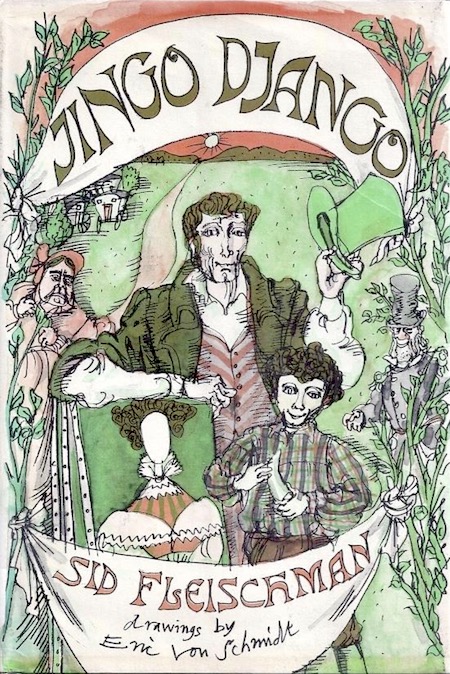
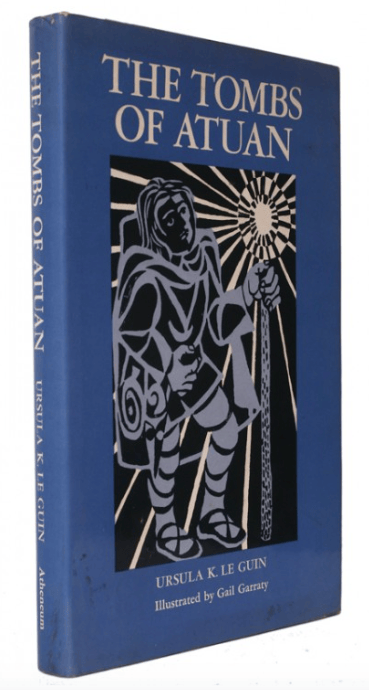
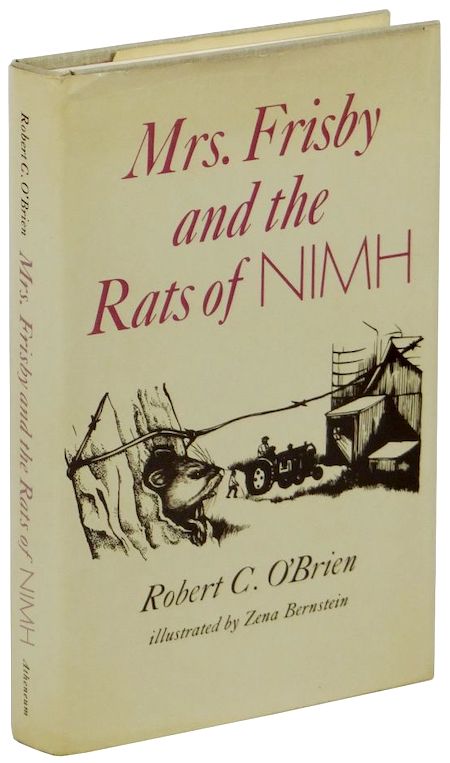
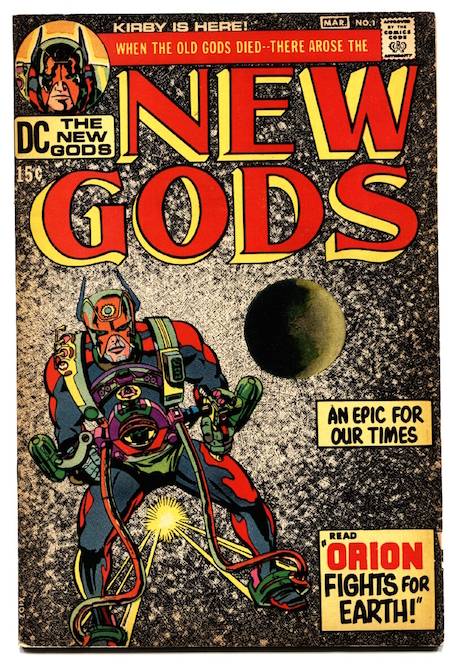
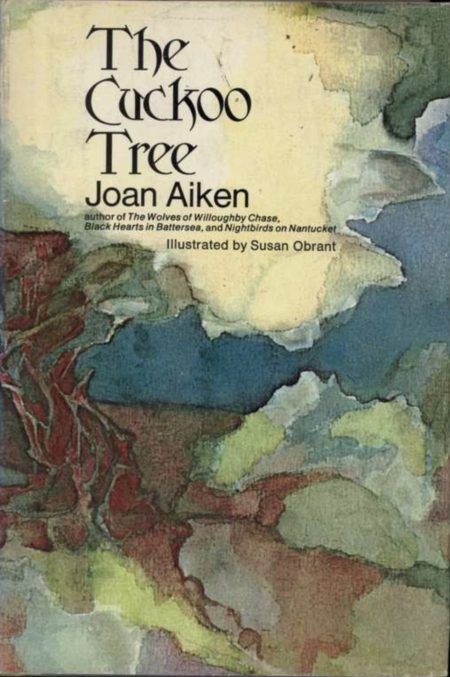
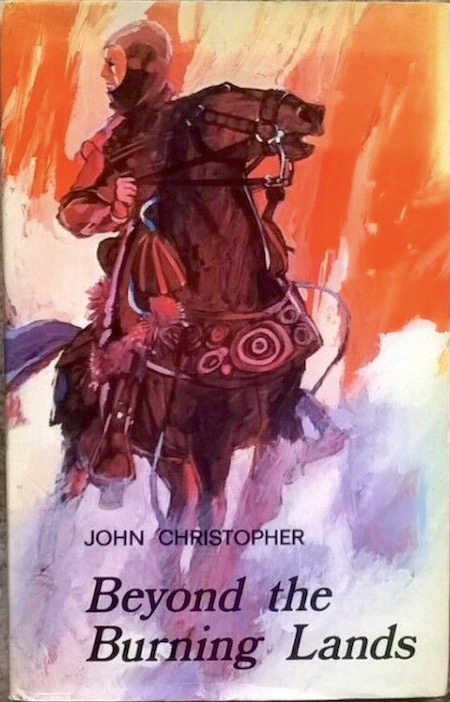
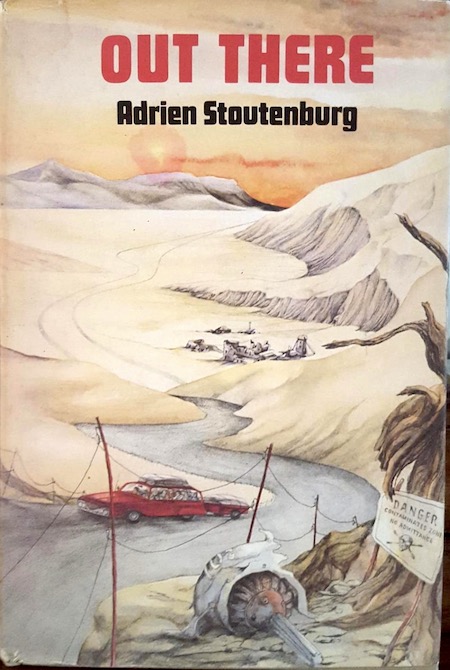

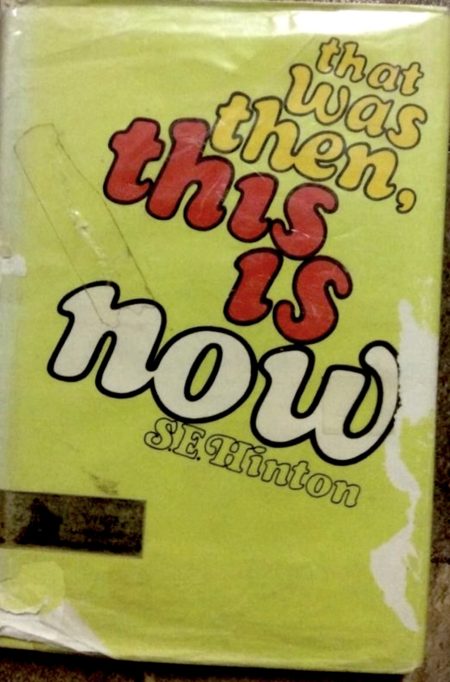
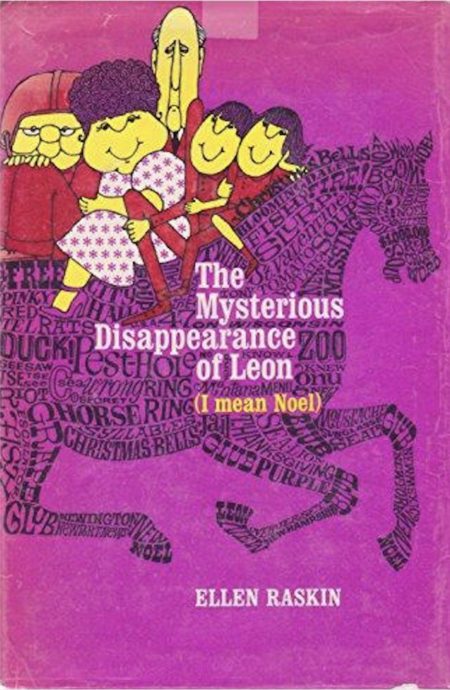
BEST SIXTIES YA & YYA: [Best YA & YYA Lit 1963] | Best YA & YYA Lit 1964 | Best YA & YYA Lit 1965 | Best YA & YYA Lit 1966 | Best YA & YYA Lit 1967 | Best YA & YYA Lit 1968 | Best YA & YYA Lit 1969 | Best YA & YYA Lit 1970 | Best YA & YYA Lit 1971 | Best YA & YYA Lit 1972 | Best YA & YYA Lit 1973. ALSO: Best YA Sci-Fi.
JOSH GLENN’S *BEST ADVENTURES* LISTS: BEST 250 ADVENTURES OF THE 20TH CENTURY | 100 BEST OUGHTS ADVENTURES | 100 BEST RADIUM AGE (PROTO-)SCI-FI ADVENTURES | 100 BEST TEENS ADVENTURES | 100 BEST TWENTIES ADVENTURES | 100 BEST THIRTIES ADVENTURES | 75 BEST GOLDEN AGE SCI-FI ADVENTURES | 100 BEST FORTIES ADVENTURES | 100 BEST FIFTIES ADVENTURES | 100 BEST SIXTIES ADVENTURES | 75 BEST NEW WAVE SCI FI ADVENTURES | 100 BEST SEVENTIES ADVENTURES | 100 BEST EIGHTIES ADVENTURES | 75 BEST DIAMOND AGE SCI-FI ADVENTURES | 100 BEST NINETIES ADVENTURES (in progress) | 1994 | 1995 | 1996 | 1997 | 1998 | 1999 | 2000 | 2001 | 2002 | 2003 | NOTES ON 21st-CENTURY ADVENTURES.
